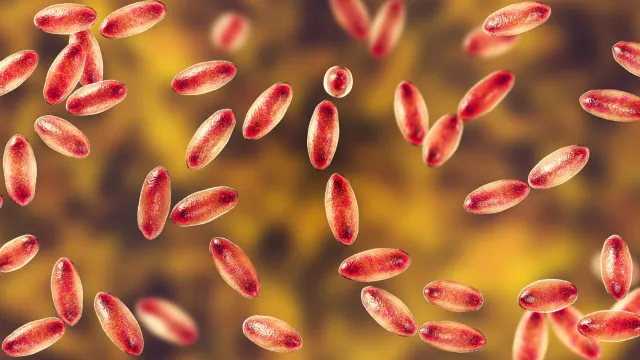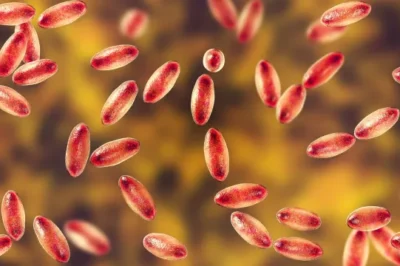
The bubonic plague, infamously known as the ‘Black Death’ that devastated Europe in the 14th century, has made a rare appearance in Oregon, marking the state’s first case in almost ten years. The individual believed to have contracted the disease from a cat was promptly treated with antibiotics, highlighting the continued risk of this ancient menace. Despite its historical connotation of wiping out millions, the bubonic plague persists in causing sporadic outbreaks globally, underscoring the need for awareness and preventive measures.
Dr. Neha Rastogi, a Consultant in Infectious Diseases at Fortis Hospital, Gurgaon, emphasizes that the bubonic plague, caused by the Yersinia pestis bacteria, can still pose a significant health threat. Symptoms typically emerge 2 to 6 days post-exposure, manifesting as fever, chills, headaches, muscle aches, fatigue, and notably, swollen lymph nodes or ‘buboes’. If untreated, the disease can escalate to more lethal forms, such as septicaemic or pneumonic plague.
The key to combating the bubonic plague lies in early detection and immediate antibiotic treatment. Medications such as streptomycin, gentamicin, doxycycline, and ciprofloxacin are effective against the bacteria. In severe cases, supportive care and isolation of infected individuals, along with contact tracing, are crucial to prevent further spread.
To prevent outbreaks, a comprehensive strategy involving rodent and flea control, public health measures like insecticide spraying, and community education on avoiding contact with sick or dead animals is essential. By understanding the symptoms, treatment options, and preventive measures, communities can better protect themselves against the bubonic plague and mitigate the risk of future outbreaks.









































Leave a Reply